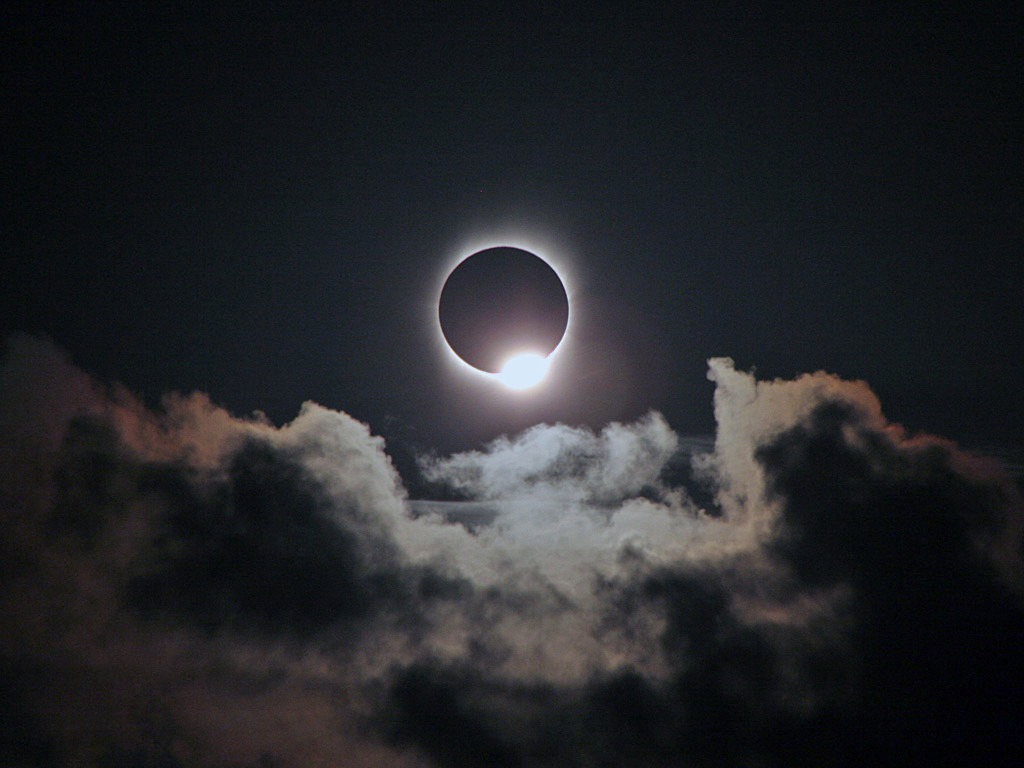You are here
The total solar eclipse over the United States is fast approaching! What was once an ominous sign is now greeted by modern people as one of the great natural phenomena of our world.
When and Where
On August 21, a 70-mile-wide strip known as the "path of totality" will stretch from the northern border of Oregon down to South Carolina in an arcing fashion. On the West Coast it will start at 10:19 a.m., and if you are on the East Coast the skies will go dark at 2:41 p.m. The sky will be dark as night for two minutes, and the temperature will drop suddenly and dramatically.
Basic Setup
To shoot the eclipse you will need a decent camera that allows you to control the settings on manual. An DSLR is the most frequently used camera, but this can be done on a high-end point and shoot or with a mirrorless set up. You will need a heavy tripod to keep your camera from shaking, and you'll want to set up a timer or use a shutter release cord.
Solar Filter
Just like with the human eye, we need to protect the sensor of the camera from the seemingly harmless small amounts of light. Locate your "full aperture" solar filter online or at a local retailer to place the crucial piece of equipment at the end of your lens. The lens will reduce the light 100,000-fold.
Telephoto Lens, Teleconverter Adapter
The sun is not very large in the sky, so you will need to zoom as much as possible with the combined efforts of your highest focal length telephoto lens and a teleconverter if you have one. The teleconverter is a small piece of equipment that attaches to the base of your lens, to extend the reach, and it will allow you to get up close and personal with the eclipse. Manually set your focus to infinity and make sure you don't accidentally spin the focus ring after it is set. Turn off your vibration reduction and image stabilization if that is an option on your lens.
Exposure, High Dynamic Range
The crown jewel of a total eclipse is when the moon fits so perfectly into the sun that we can see the corona and ionized gasses flowing outward from the center of the life-giving star. The corona is much brighter at the base then at the edges, so doing some level of exposure bracketing could give you the dynamic range required to see it all. This could also help you navigate the tricky exposures you are sure to face in this hard-to-practice environment.
Speed is the Name of the Game
This event will be over before you know it, so having a game plan is a must. Because the moon and sun are constantly moving, do your best to get the fastest shutter speed you can muster with the solar filter on. This means getting your ISO up to a usable level and opening up your aperture as much as possible with the long focal length.
Stop, Look Around
Having some great photos of this potentially once-in-a-lifetime event will be something you can show your friends and family for a forever, but don't let the experience pass you by. Take a look around at your environment and how strange and unique this event really is. Don't get lost behind the camera and realize later you only "focused" on your settings the whole time.





Comments
Sign In and share them.